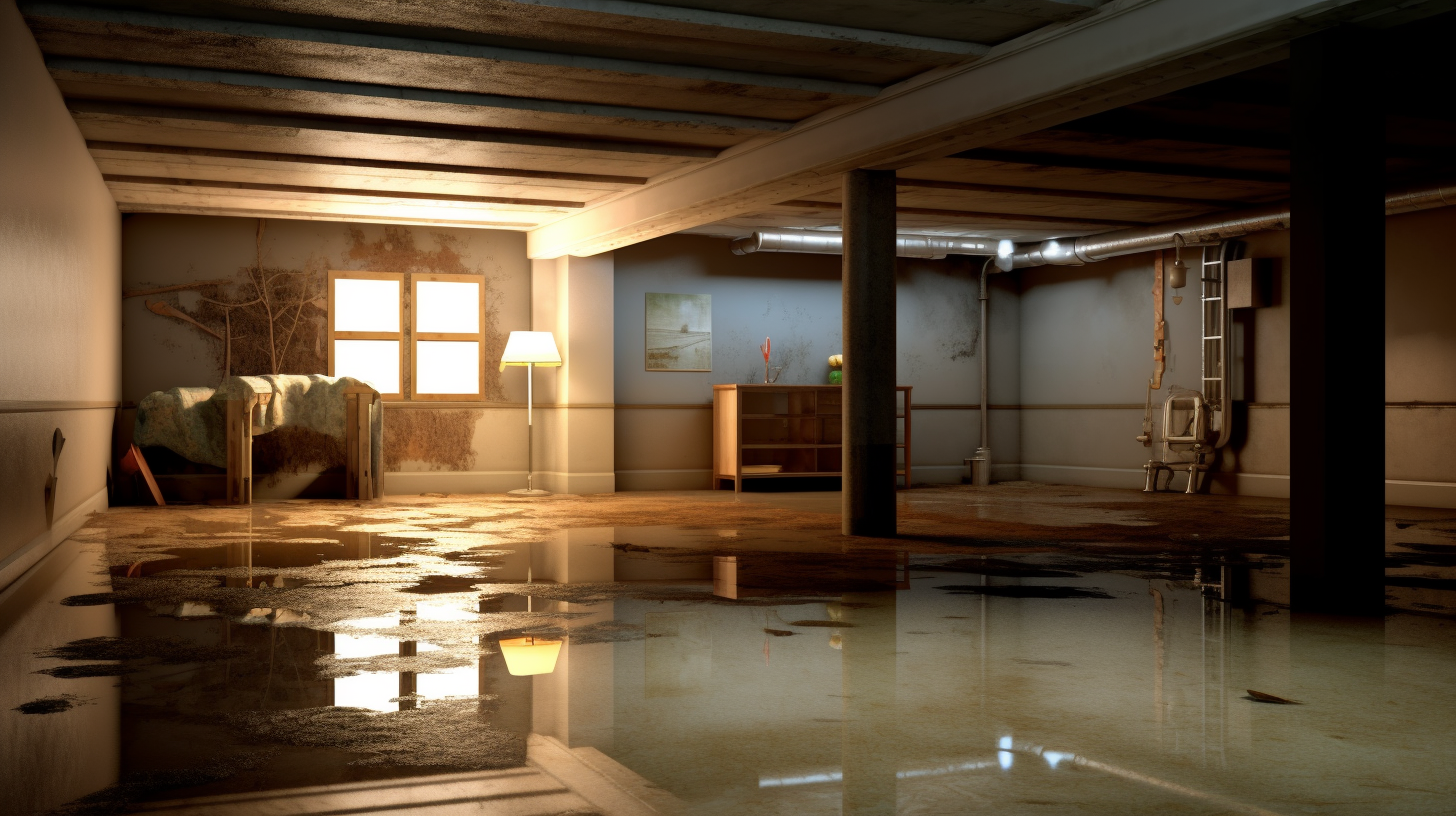In construction, managing moisture is essential for ensuring the longevity and structural integrity of buildings, especially when it comes to concrete slabs. Vapor barriers, also known as vapor retarders, are critical components placed beneath concrete slabs to prevent moisture from seeping up from the ground. Without proper protection, moisture can migrate through the slab, leading to problems like mold growth, weakened concrete, and damaged flooring materials. Vapor barriers play a crucial role in keeping concrete dry and stable, helping to maintain indoor air quality, protect building materials, and improve the overall energy efficiency of the structure. Whether used in residential or commercial construction, vapor barriers are a key element in safeguarding concrete slabs from long-term moisture-related damage.
What Are Vapor Barriers for Concrete Slabs?
Definition and Purpose
A vapor barrier is a material installed beneath concrete slabs to prevent moisture from migrating upward through the slab and into the building. These barriers are designed to limit the passage of water vapor, which, if left unchecked, can lead to a range of problems such as mold growth, weakened concrete, and damage to flooring materials.
Vapor barriers work by creating a protective layer between the ground and the building’s foundation. This barrier prevents moisture from the soil below from penetrating the concrete, helping to maintain a dry and stable environment. By controlling the movement of water vapor, vapor barriers safeguard the structural integrity of the foundation and improve indoor air quality by reducing the risk of moisture buildup.
How Vapor Barriers Differ from Other Moisture Control Solutions
It’s important to understand the distinction between vapor barriers and waterproofing systems, as both serve different purposes in construction.
Vapor barriers are specifically designed to control moisture vapor, which is the gaseous form of water that can rise from the ground and pass through concrete. They do not stop liquid water but rather limit the movement of water vapor to prevent condensation and moisture-related damage inside the structure.
Waterproofing systems, on the other hand, are designed to prevent liquid water from infiltrating a building. These systems are used in areas where direct water exposure is a concern, such as foundations, basements, or roofs. While waterproofing systems block liquid water, vapor barriers manage the movement of vapor that can still cause damage if not properly controlled.
By addressing both water vapor and liquid water, a comprehensive moisture control strategy can be created, ensuring that both forms of moisture are managed effectively for long-term durability and energy efficiency.
Why Concrete Slabs Need Vapor Barriers
Preventing Moisture Damage
Concrete slabs, while sturdy, are not impervious to moisture migration. Water vapor from the ground can move upward through the slab, leading to various forms of damage over time. Without a vapor barrier, moisture accumulation can cause significant issues, such as:
- Flooring damage: Moisture rising through concrete slabs can warp wood floors, create mold growth under carpets, and cause adhesives to fail. This leads to costly repairs and potential replacement of flooring materials.
- Cracking or spalling of the concrete surface: Continuous exposure to moisture can weaken the concrete’s surface over time, leading to cracks or spalling (where the surface chips or flakes off). This not only compromises the appearance of the floor but can also degrade the structural integrity of the slab itself.
By installing a vapor barrier beneath the slab, you create a protective layer that prevents moisture from migrating upward, protecting both the concrete and any flooring materials above it from long-term damage.
Protecting Indoor Air Quality
Excess moisture in concrete slabs creates the ideal conditions for the growth of mold and mildew. As moisture seeps into the building, these harmful fungi can thrive beneath flooring materials or within the slab itself, releasing spores into the air. This can significantly affect indoor air quality and lead to health issues, particularly for individuals with allergies, asthma, or other respiratory problems.
By blocking moisture from reaching the concrete slab, vapor barriers help reduce the risk of mold and mildew, ensuring that indoor air remains cleaner and safer for occupants.
Enhancing Structural Integrity
Moisture infiltration not only affects the surface of the slab but can also weaken the concrete structure over time. When moisture enters the concrete, it can cause the slab to deteriorate faster than expected, reducing its overall lifespan. Additionally, moisture trapped in the slab can lead to the corrosion of steel reinforcement, a critical component that adds strength to the structure. Corrosion of rebar or steel mesh can compromise the slab’s load-bearing capacity, leading to significant structural issues.
Vapor barriers provide a crucial line of defense against moisture, preventing it from reaching the concrete and protecting both the slab and any embedded reinforcement from premature deterioration and corrosion. This helps maintain the slab’s structural integrity and ensures long-term durability.
Types of Vapor Barriers for Concrete Slabs
Classification Based on Permeability
Vapor barriers for concrete slabs are classified by their ability to resist the passage of moisture, known as permeability. The type of barrier chosen depends on the specific moisture control needs and the environmental conditions of the building site.
Class I (Impermeable Barriers):
Class I vapor barriers are highly resistant to moisture and are the most commonly used for concrete slabs. Polyethylene sheeting, ranging from 6 to 20 mil in thickness, is the most popular choice in this category. This material is virtually impermeable to water vapor, providing a strong defense against moisture rising from the ground. Its cost-effectiveness and ease of installation make it a go-to solution for residential and commercial projects where high moisture control is required.
Class II (Semi-permeable Barriers):
Class II barriers allow a limited amount of moisture to pass through. These barriers are typically used in situations where some degree of vapor diffusion is acceptable. Kraft-faced membranes or other semi-permeable materials may be employed for specific applications, though they are less common under concrete slabs than Class I barriers. They are generally used in cases where the risk of moisture accumulation is lower, or ventilation is well-managed.
Materials Commonly Used for Concrete Vapor Barriers
Polyethylene Sheets:
Polyethylene sheets are by far the most widely used material for concrete vapor barriers. Available in various thicknesses (6 to 20 mil), these sheets provide excellent moisture control at a reasonable cost. Thicker polyethylene sheeting offers better durability and resistance to punctures, making it suitable for high-traffic areas or heavy construction projects. Its impermeable nature ensures that moisture is effectively blocked from penetrating the concrete slab, helping to prevent long-term damage and ensuring energy efficiency.
Liquid Applied Barriers:
Liquid applied barriers are another option for vapor control, often used in more specialized applications. These barriers are rolled or sprayed onto the concrete surface, creating a continuous and seamless moisture barrier. Liquid barriers offer the advantage of forming a monolithic layer, which can be ideal in situations where irregular surfaces or complex shapes need to be covered. While they may require more specialized installation, liquid applied barriers provide effective protection against moisture and can be used alongside traditional polyethylene sheets for added defense.
How to Install Vapor Barriers for Concrete Slabs
Step-by-Step Installation Process
Installing a vapor barrier under a concrete slab is a critical step in preventing moisture infiltration and ensuring long-term durability. Here’s a step-by-step guide to the general installation process:
Clear and level the site.
Ensure the site is free of debris, sharp objects, and uneven ground that could puncture or compromise the vapor barrier.
Lay the vapor barrier across the prepared area, ensuring there are no gaps.
Roll out the vapor barrier over the entire area where the concrete slab will be poured, making sure the surface is completely covered.
Overlap seams by at least 6 to 12 inches and tape them securely.
Where sections of the vapor barrier meet, overlap them by 6 to 12 inches and seal the seams with specialized tape to prevent moisture from bypassing the barrier.
Extend the barrier up the foundation walls, if possible, to prevent moisture from the sides.
For optimal protection, extend the vapor barrier a few inches up the sides of the foundation walls. This prevents moisture from seeping into the concrete from the edges.
Place reinforcing mesh or rebar over the vapor barrier before pouring the concrete.
Lay any reinforcing mesh or rebar needed for the slab over the vapor barrier to keep it secure and to prepare for the concrete pour.
Common Installation Mistakes to Avoid
Installing a vapor barrier incorrectly can reduce its effectiveness. Here are common mistakes to avoid during installation:
- Not securing seams properly, allowing vapor to bypass the barrier.
- If seams are not taped or overlapped correctly, moisture can pass through the gaps, compromising the barrier’s effectiveness.
- Using a vapor barrier that’s too thin for the job, leading to tears and punctures.
- A vapor barrier that is too thin (less than 6 mil) may tear or puncture easily during installation or construction, leading to gaps where moisture can enter.
- Failing to cover the barrier up the sides of the foundation walls, allowing moisture to seep in.
- If the vapor barrier does not extend up the foundation walls, moisture from the ground can still infiltrate the sides of the slab, causing long-term damage.
Factors to Consider When Choosing a Vapor Barrier for Concrete Slabs
Thickness of the Vapor Barrier
The thickness of a vapor barrier, measured in mils (1 mil = 0.001 inches), plays a significant role in determining its durability and effectiveness in preventing moisture infiltration. Choosing the right thickness is essential to ensure the barrier performs well under the specific conditions of your project.
6 mil: Standard minimum, but more prone to punctures.
A 6-mil vapor barrier is often considered the minimum standard in construction. While it provides basic moisture control, it is more susceptible to punctures and tears, especially during installation or in high-traffic areas. It may suffice for projects with low moisture risks but is generally not recommended for heavy-duty applications.
10-20 mil: Offers more protection and is recommended for heavy-duty applications.
Vapor barriers in the 10 to 20 mil range provide significantly more protection and durability. These thicker barriers are much more resistant to punctures and tears, making them ideal for projects where moisture levels are higher or where heavy equipment will be used during construction. They are highly recommended for commercial or industrial applications and areas with challenging site conditions.
Site-Specific Considerations
When choosing a vapor barrier, it’s important to consider the specific conditions of your building site, as these factors will influence the level of protection needed.
Climate: In humid or wet climates, where there is more moisture in the air and ground, a thicker and more robust vapor barrier is often necessary. Humid conditions can lead to greater moisture migration through the concrete slab, so opting for a barrier in the 10 to 20 mil range ensures better long-term performance.
Soil Conditions: Areas with high groundwater or clay soils tend to retain moisture, increasing the risk of water vapor rising into the slab. In such environments, a thicker vapor barrier is crucial to prevent moisture from compromising the concrete and flooring materials. In regions with particularly challenging soil conditions, a 15 to 20 mil barrier is often recommended for maximum protection.
Building Codes and Local Regulations
Before selecting and installing a vapor barrier, it’s essential to check local building codes and regulations. Many jurisdictions have specific requirements regarding the minimum thickness and material types for vapor barriers used under concrete slabs, particularly in areas prone to moisture issues. Ensuring compliance with these codes is critical for passing inspections and avoiding future legal or structural issues.
Consulting local building authorities or a professional contractor will help ensure that the vapor barrier chosen meets all regulatory standards and performs effectively in your specific climate and soil conditions.
FAQs
Contact Trench Guys Today!
Trench Guys will do everything we can to ensure your experience with us is excellent.
Request A FREE Estimate
Request a Free Estimate Form
Checkout Recent Post
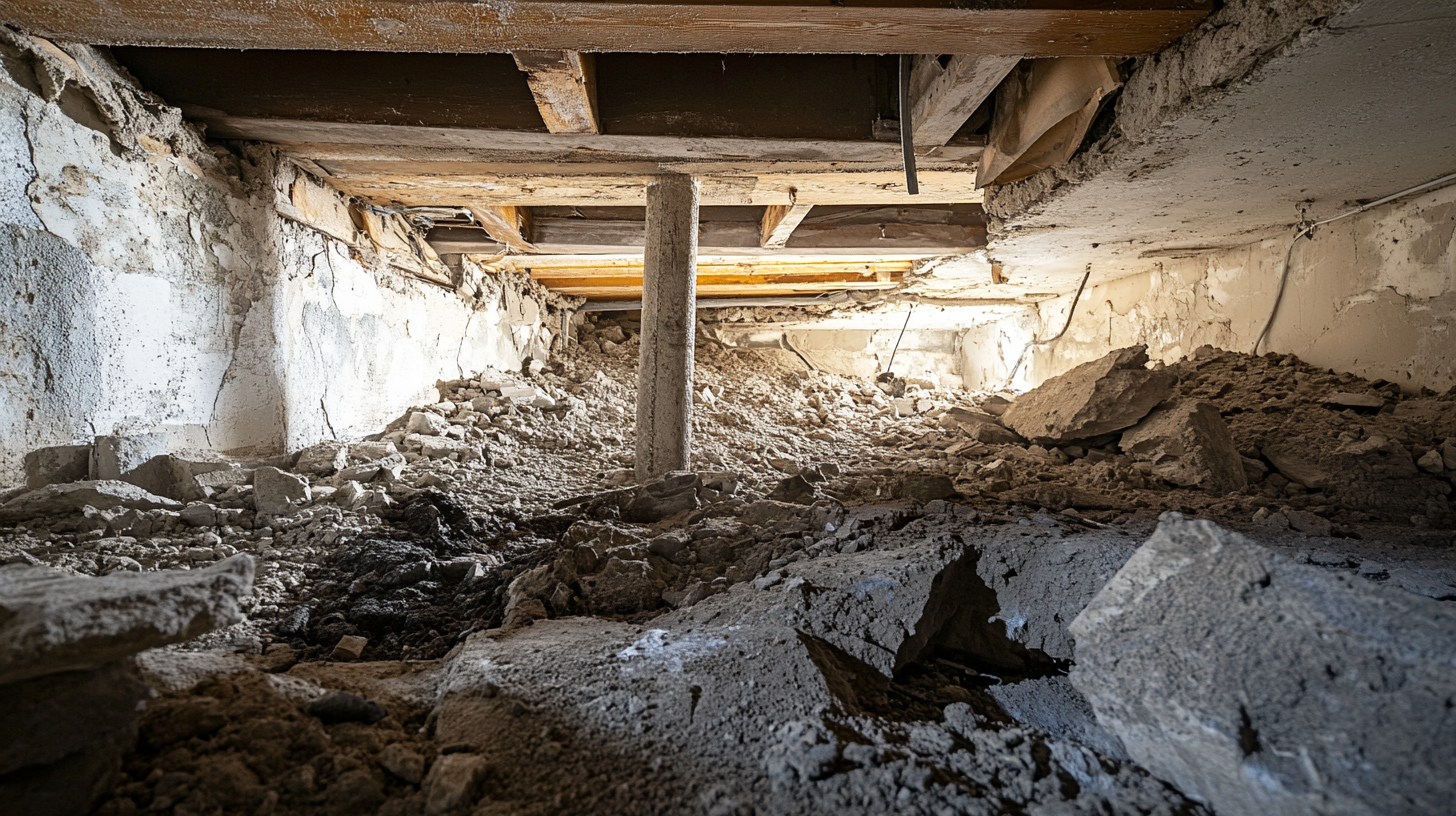
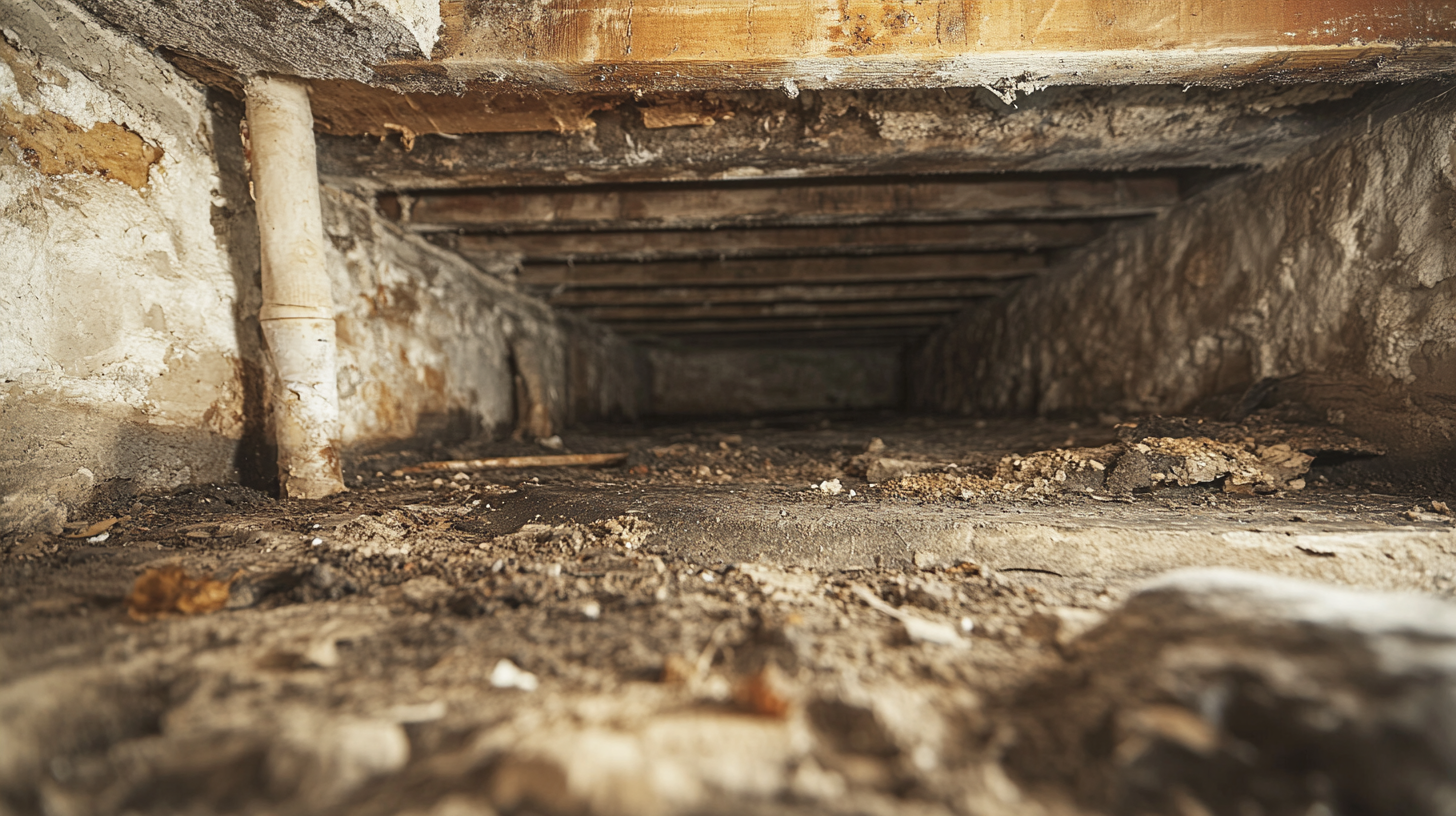
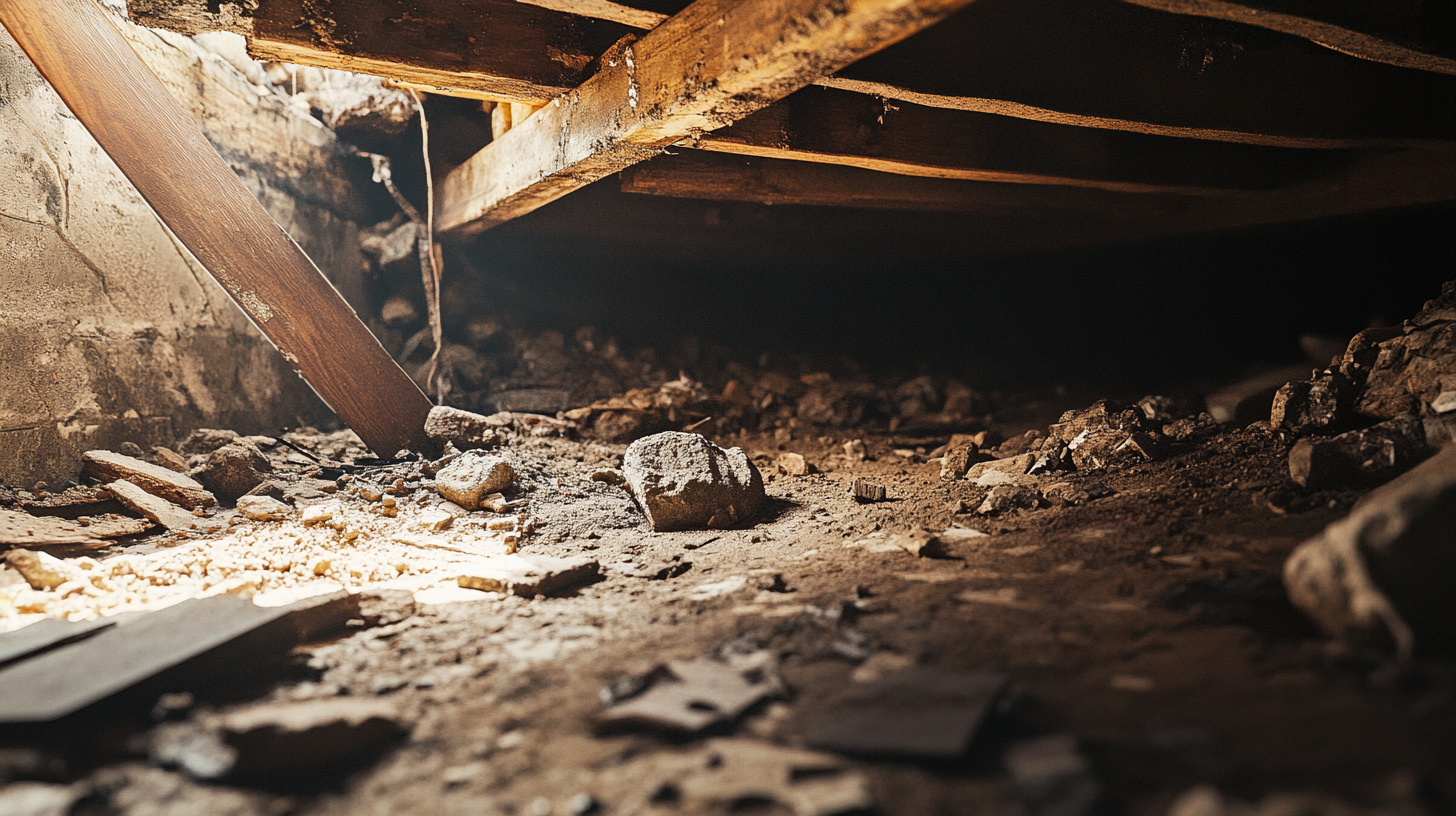
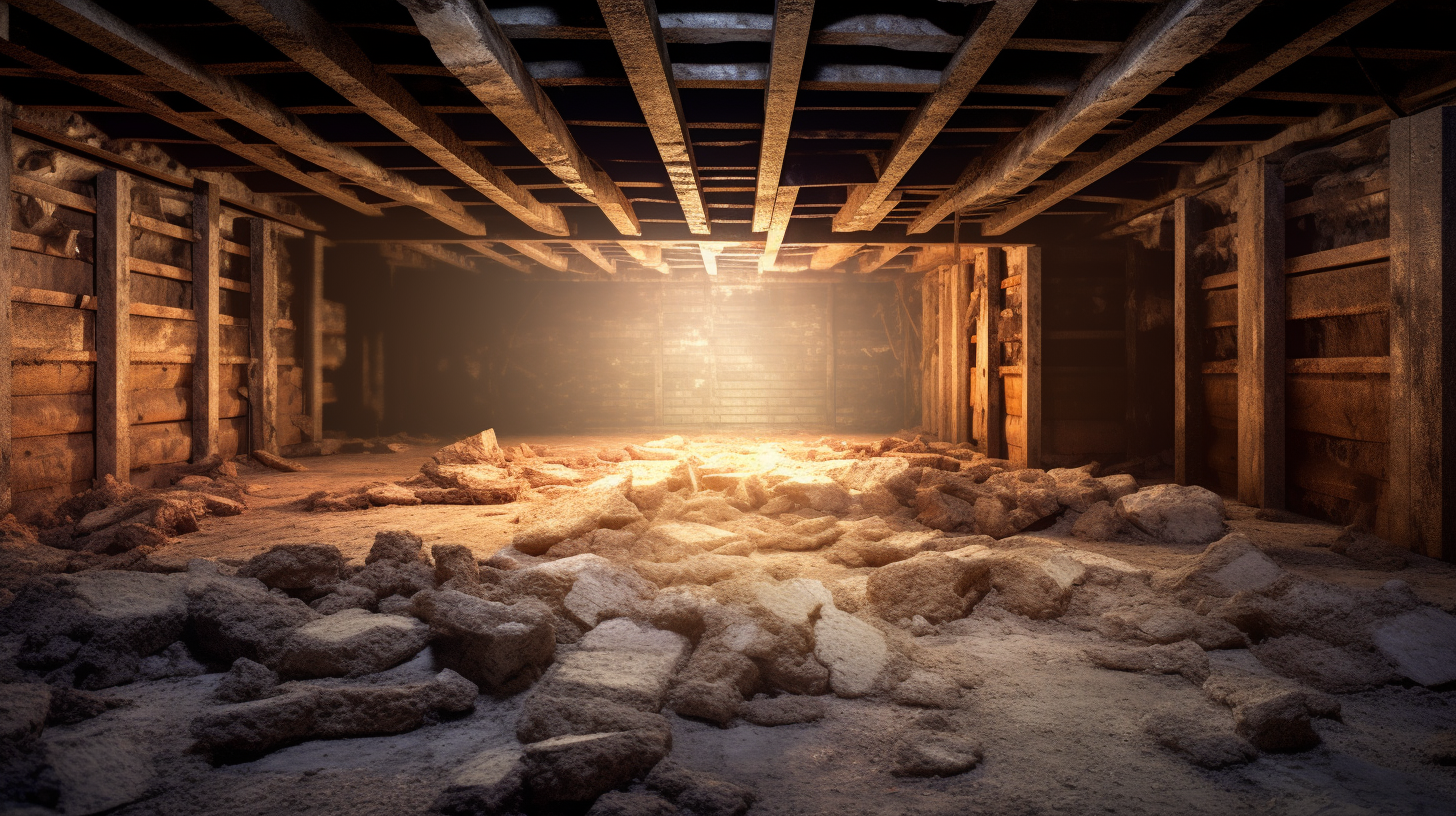
Got a Question? We’re Here to Help.
You can arrange an appointment or make an enquiry by phone or email, orget in touch to us via our contact form.


